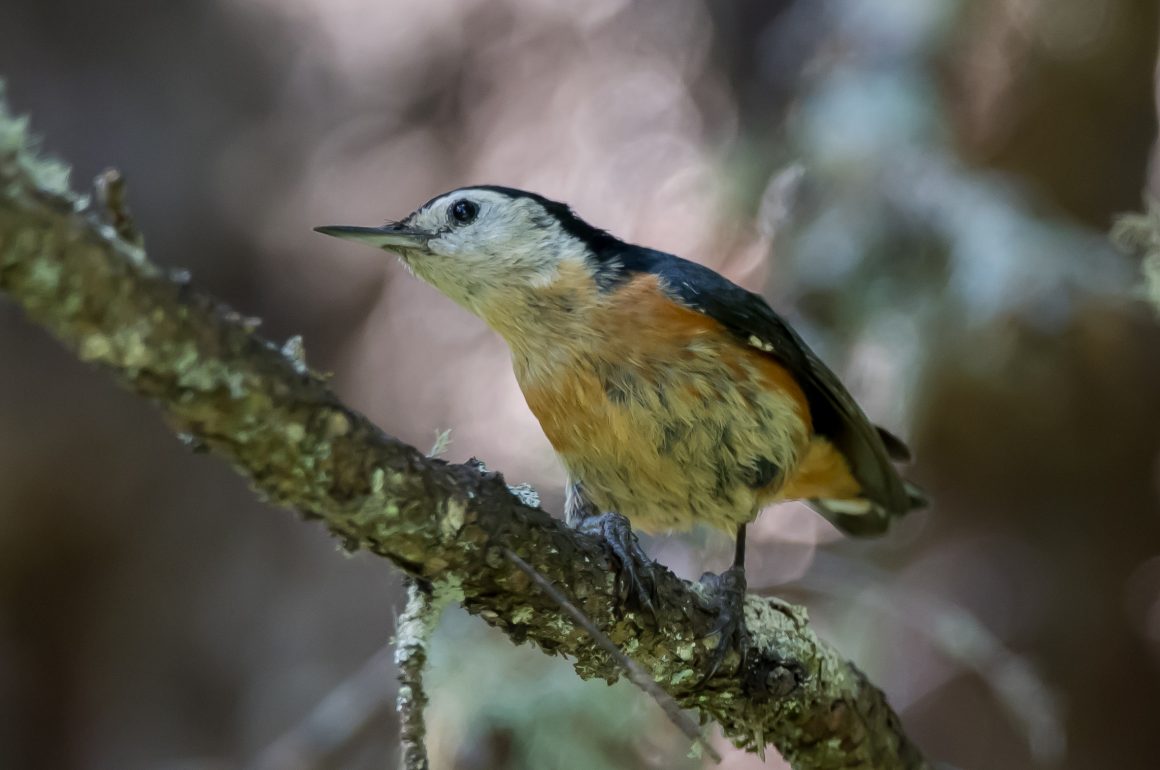
The last few days, I have been mildly obsessed with a Velvet Underground cover version of “I’m waiting for the man” by Matt Berninger (video here). Of course, it is hard to justify such an obsession in a blog post ostensibly all about birds. On the other hand, such a challenge is also an opportunity (such a cliche, I know). So, I went through the lyrics of said song and found the one line that apparently applies both to waiting for your local heroin dealer and to birding: ” First thing you learn is that you always gotta wait”. It sounds much more impressive and urgent in the Berninger live version, believe me. Note also how much more convincing Berninger is in the role of the destitute and insecure white boy than Lou Reed could ever be (him being far too arrogant and self-confident to pull this off, even though presumably he wrote the lyrics).
(The other cover version I am currently listening to a lot is from a much more unlikely original – I never thought I would listen to anything written by Metallica. But now I do, courtesy of Phoebe Bridgers: “Nothing else matters“. I have not figured out a link to birding yet)
Baxi Forest is about 30 km away from Ruoergai at a point where the Tibetan plateau starts descending towards the Sichuan basin. Like many birding locations in China, it has been somewhat under birded in the past 18 months or so, as travel restrictions have kept most foreigners away and only some of the younger Chinese birders actively use eBird. Fortunately, the lack of eBird lists does not mean there is a lack of birds.
This Chinese White-browed Rosefinch never had to listen to anything by Metallica, and this apparently served it well.
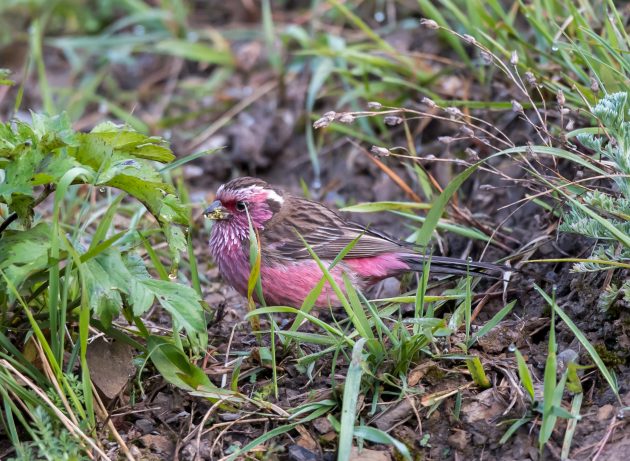
Neither had the wife.
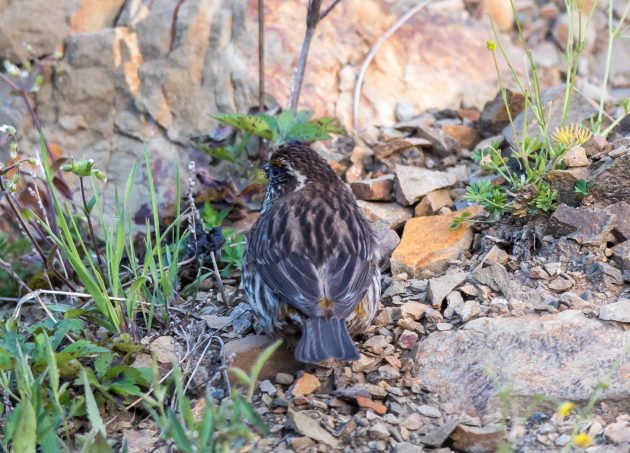
This Grey-headed Bullfinch is waiting for a birdwatcher.
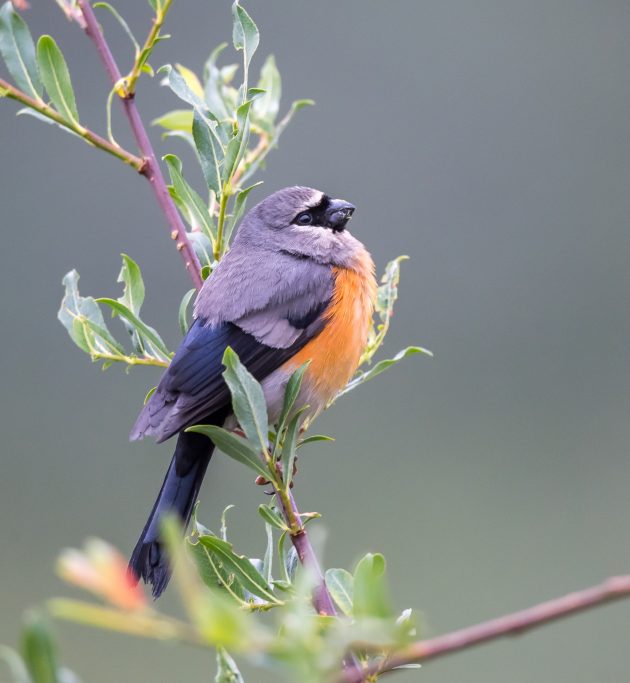
Maybe I am the man he and his wife are waiting for.
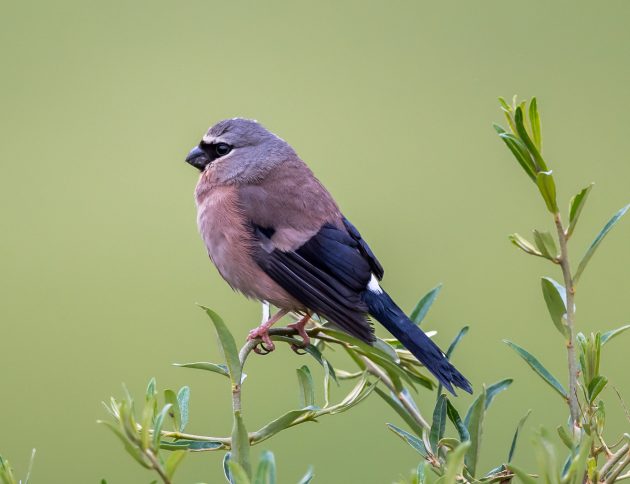
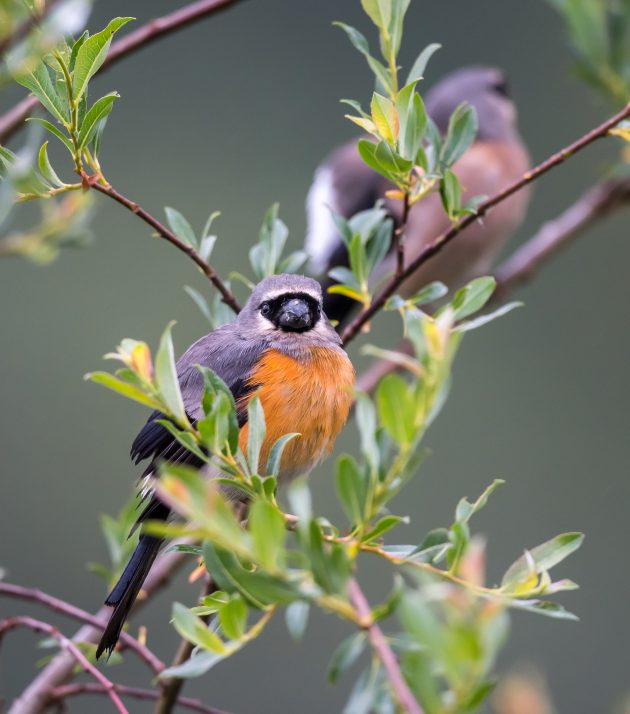
A few days ago, I received and then flipped through a bird guide of the Sierra Nevada (my way of coping with currently not being able to do birding trips outside of China, given the Covid policy of the Chinese government). I stopped at the Red Crossbill, realizing that the species indeed “occupies an immense range, including North America, Eurasia, and northern Africa” (HBW) – including Baxi forest, China.
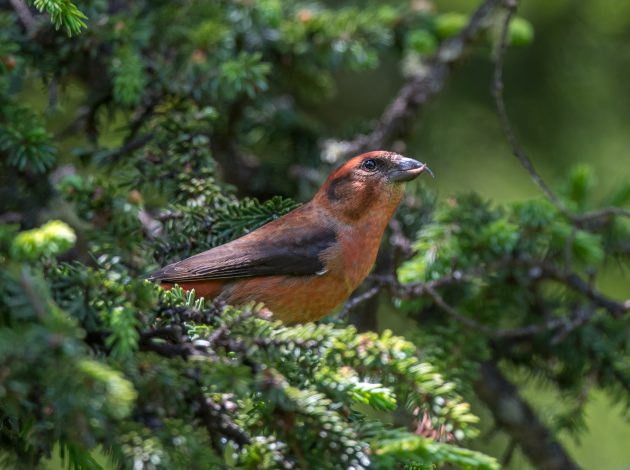
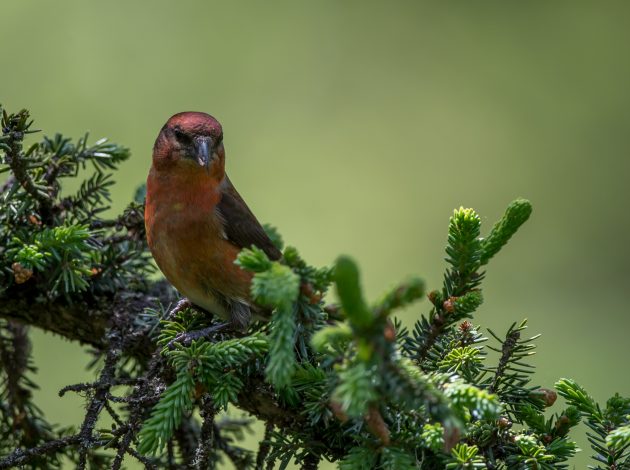
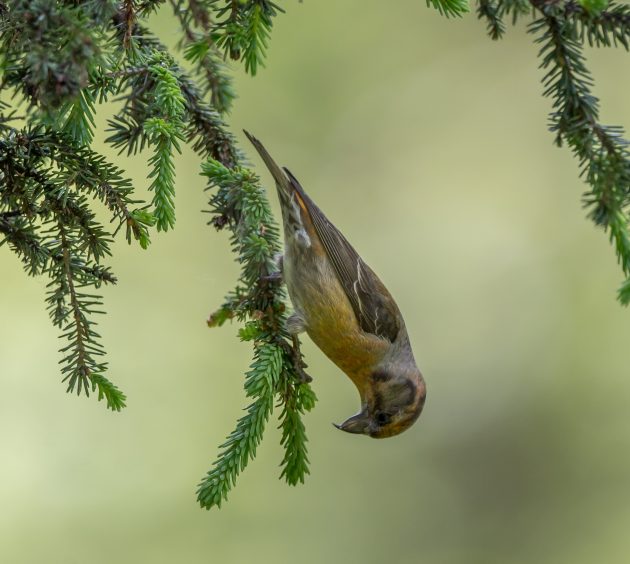
In contrast, Elliot’s Laughingthrush is a near-endemic in China (it also lives in a few spots in India near the Chinese border) but much easier to see here at Baxi forest than the crossbill. (Note to all nationalists who are also birders: I generally find the concept of country-endemic birds slightly ridiculous, the equivalent of imperialistic nations drawing borders on maps to define countries. It is hard to see any scientific value in defining a bird species as a country endemic. End of I-was-a-left-wing-student once-and-still-occasionally-talk-like-one-even-though-I-am-a-middle-aged-management-consultant-now rant).
While the bird is easy enough to see here, it is even easier at some Sichuan tourist places such as Jiuzhaigou, where the birds can be very tame and even wait for tourists to feed them. Progress of sorts, I guess.
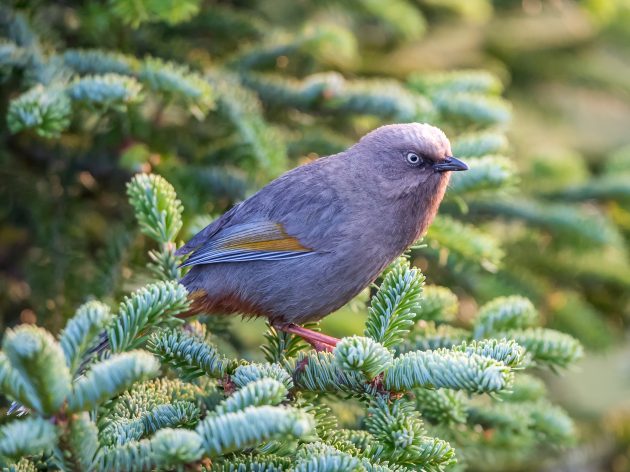
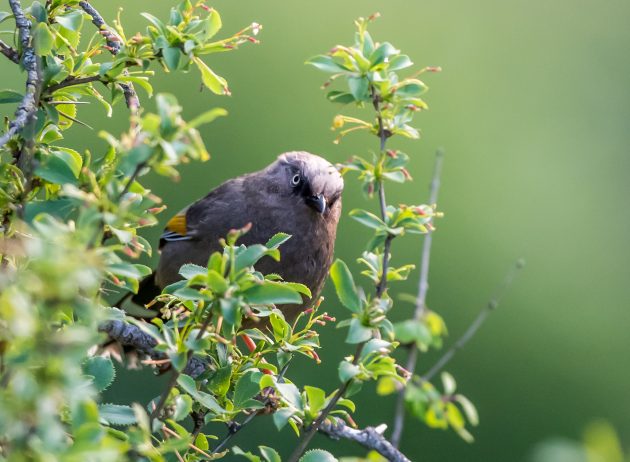
Przevalski’s Nuthatch is another species that has decided to exclusively live within the borders of the People’s Republic of China. Assuming that I manage to publish these posts in the intended order (which I am not always successful at), I have already commented on evil Mr. Przevalski earlier. This attractive nuthatch indeed deserves a nicer name.
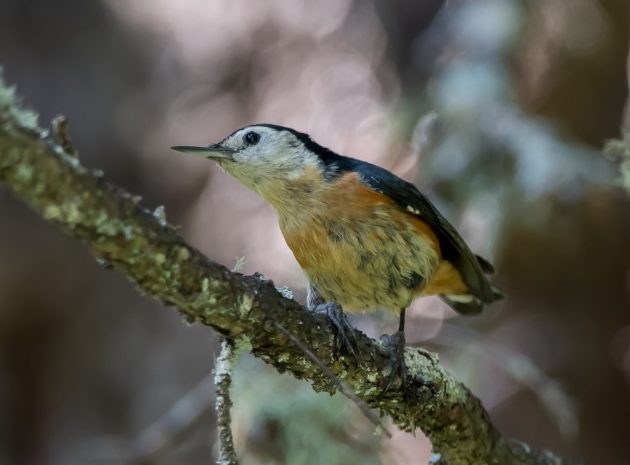
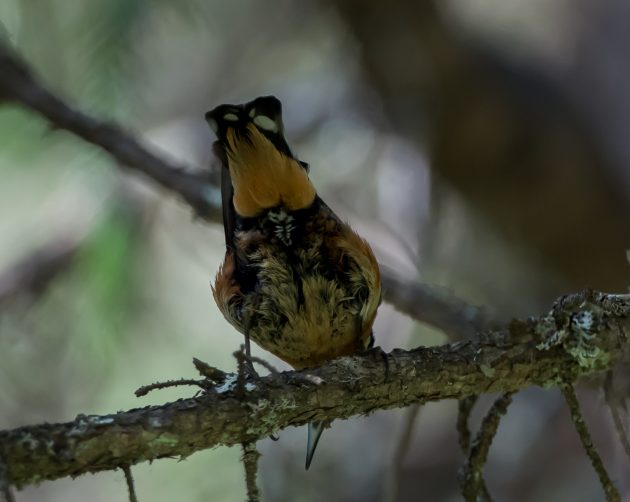
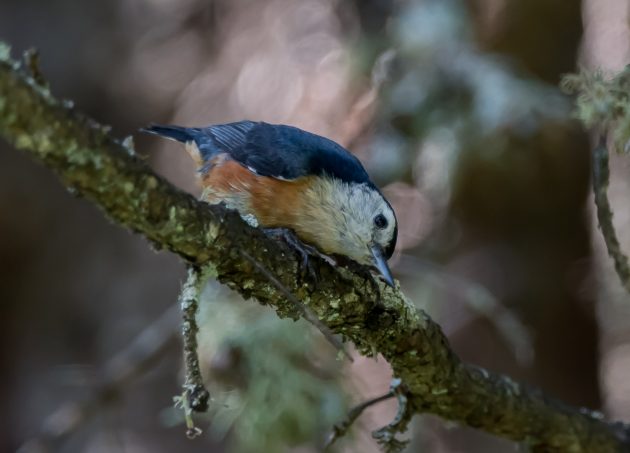
Interestingly, the Slaty-backed Flycatcher follows a similar color scheme despite being part of a very different family. This, as any scientist will tell you, surely requires further research. And additional grant money.
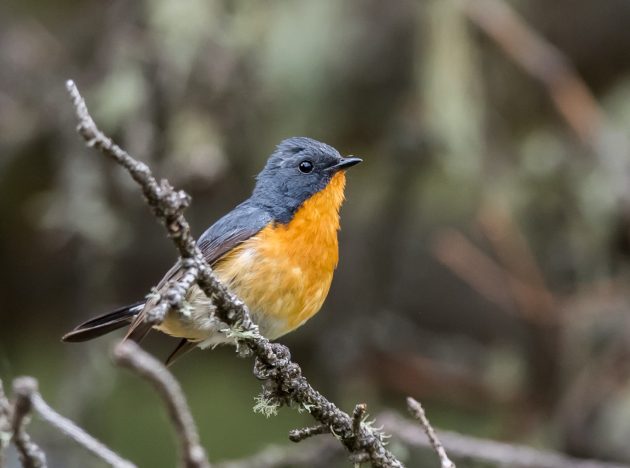
A flycatcher at work.
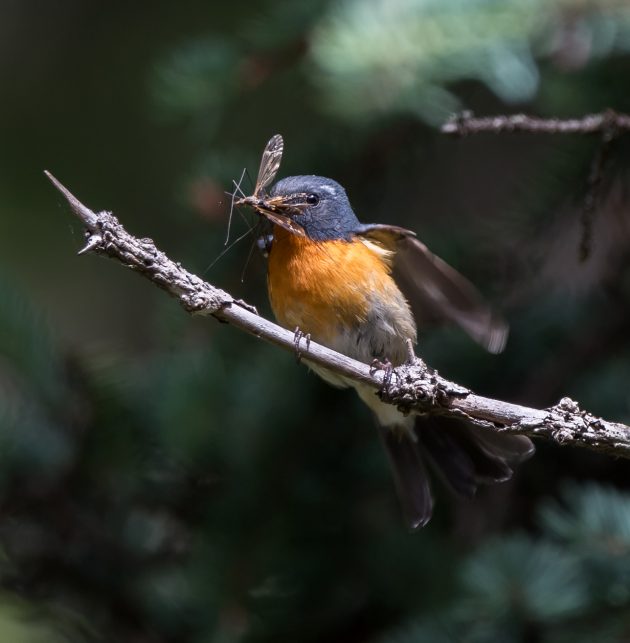
To a lesser extent, this overlap in colors also applies to the White-throated Redstart also living at Baxi forest (and to Elliot’s Laughingthrush mentioned earlier, come to think of it). Maybe the forest owners mandate a specific dress code, though I can assure you that I was not wearing any orange while birding here.
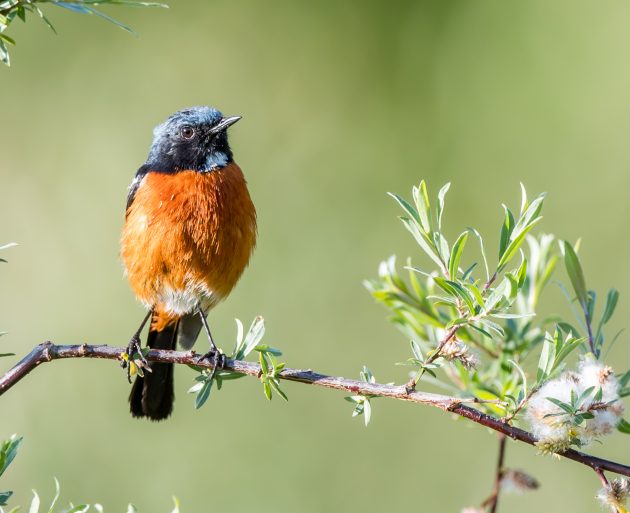
And in any case, the dress code does not apply to all species. Some follow a color scheme much more like the one I utilize in my daily life – witness this Grey Crested Tit. Though I have to admit that the crest is more of a fashion statement than I would allow for myself.
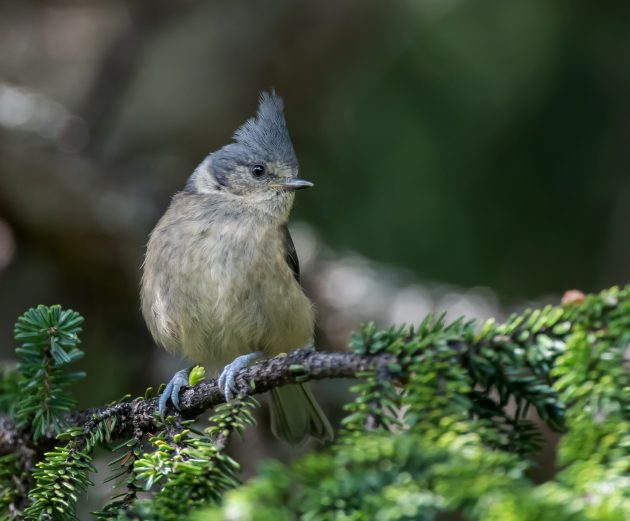
The HBW entry on the Large-billed Crow nicely illustrates the difficulties in transcribing bird sounds into written language. The calls described for this species include “kaaa-kaaa”, “prruuk-prruuk”, “keearrh-keearr”, “weerrk-weerrk-weerrk”, “nYArk, nYArk”, “kroo-kroo” and “krau-krau”, and the description ends with the rather frustrated-sounding remark that the Indian subspecies culminatus is known to have at least ten distinct calls. Maybe easier to learn Mandarin instead.
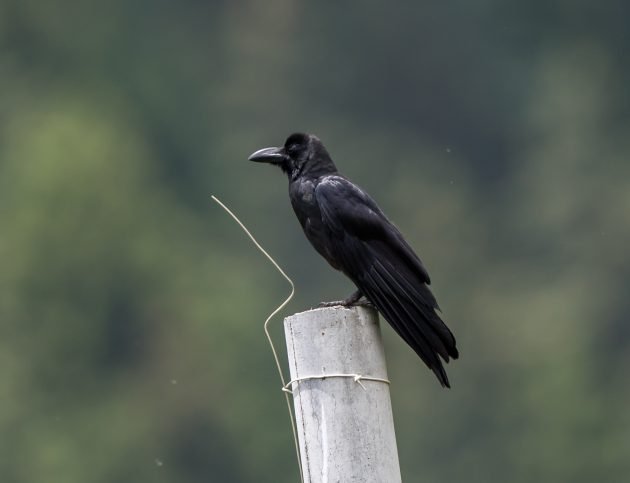
The Plain Laughingthrush makes things a bit easier for listeners, with HBW talking of its song being loud, sweet and warbling, varied and melodious, “wiau wa-wíkwíkwík woitwoitwoitwoit”.
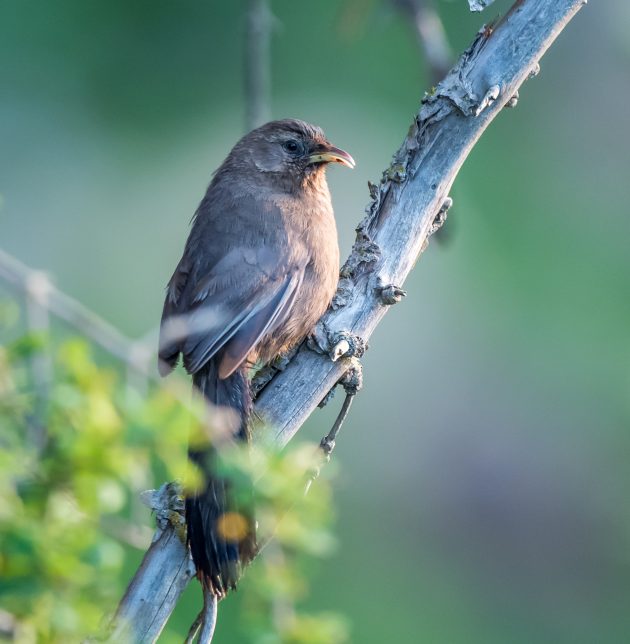
The Sichuan Tit does not have much going for it other than being another endemic – it looks, feels, and tastes just like a Willow Tit, though it was split from that species based on genetic analysis. One purely for the listers to enjoy.
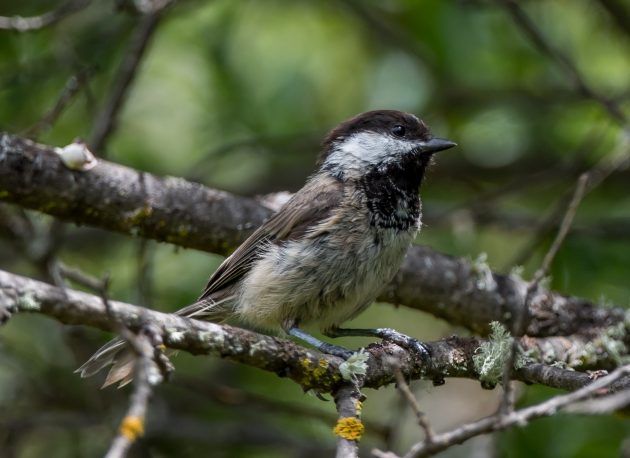
The Himalayan Beautiful Rosefinch looks much more interesting but shares being the result of a split with the Sichuan Tit. The HBW has not quite caught up with the split yet, still just indistinctly describing Beautiful Rosefinch, while eBird states that “The extremely similar Chinese Beautiful Rosefinch gives sharper and more metallic call notes than the Himalayan Beautiful Rosefinch”, which hardly sounds like a very convincing rationale behind the split.
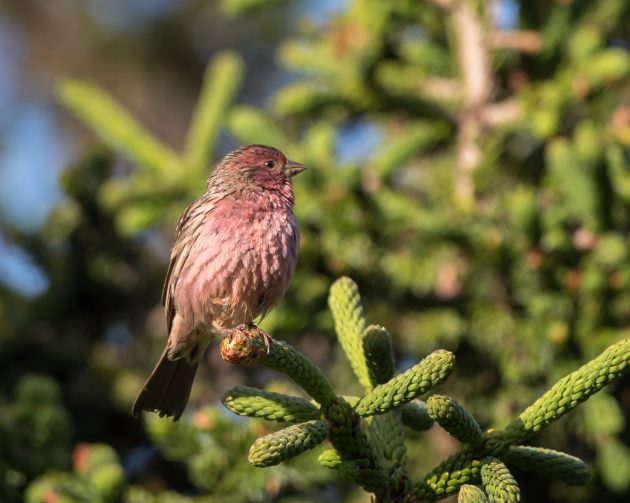
Note: This trip was made with Alpinebirding, a Chinese tour company with very knowledgeable, English-speaking, and friendly guides – highly recommended to overseas birders despite the occasional aggressive pointing out of rather unimpressive leaf warblers. See my report on Tripadvisor if interested.







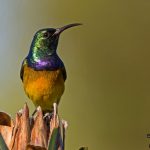


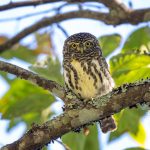


Leave a Comment